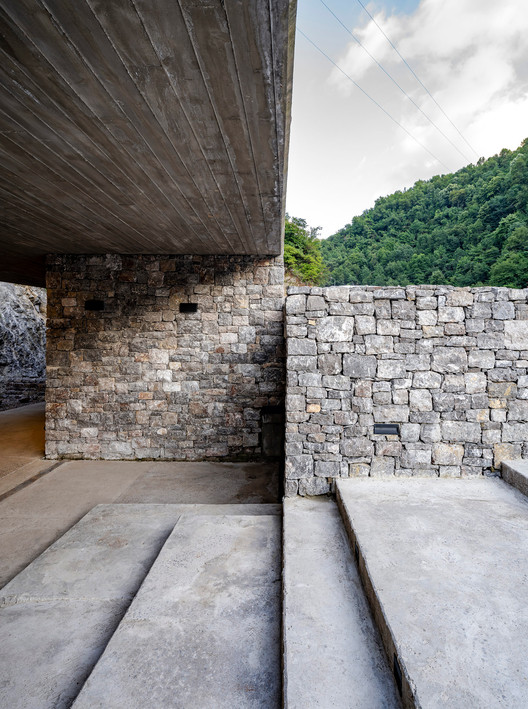
-
Architects: Yalin Architectural Design
- Area: 700 m²
- Year: 2021
-
Photographs:Egemen Karakaya, Murat Germen
-
Lead Architect: Ömer Selçuk Baz

Text description provided by the architects. Zonguldak has geography with a wide spectrum in terms of the number of caves discovered and the cave features that emerged during the formative phases of the caves. The network of caves spread throughout the town offers a variety of travel options for local and foreign tourists, explorers, cave sportsmen. Zonguldak Caves Visitor Center aims to make this important potential accessible and visible.




















































